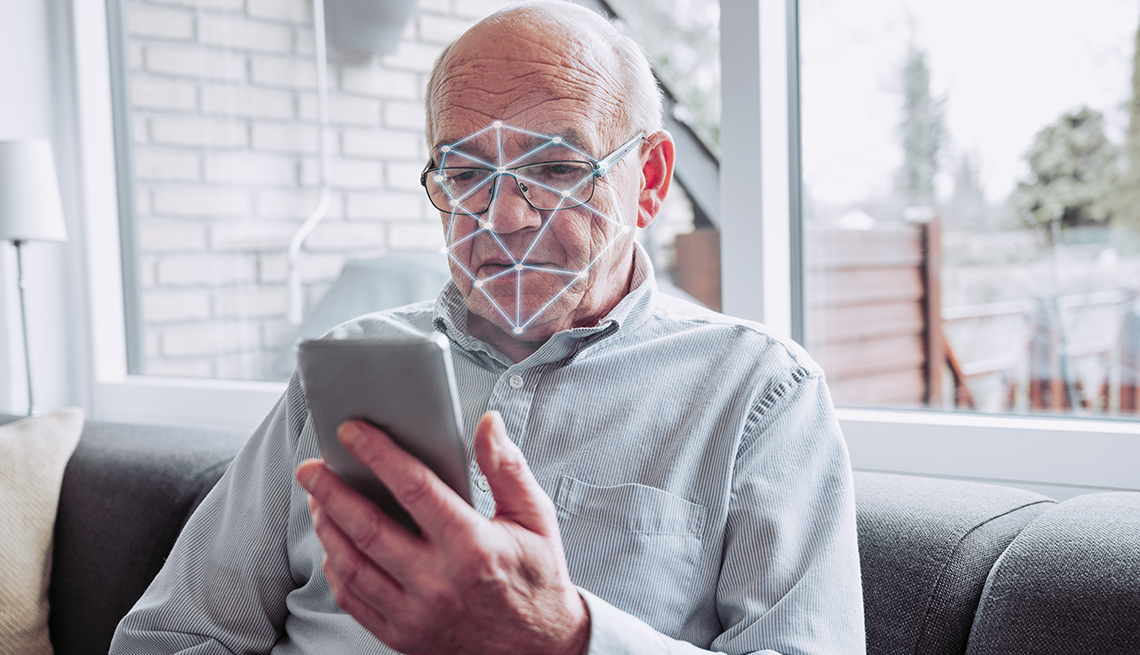
- Select a language for the TTS:
- UK English Female
- UK English Male
- US English Female
- US English Male
- Australian Female
- Australian Male
- Language selected: (auto detect) - EN
Play all audios:
Clearview’s software searches the entire internet for publicly available photos, thus Ton-That’s description of a kind of “Google for faces,” a database of more than 20 billion images.
Pictures may be picked up from social media, school websites, news sites and so on. Clearview’s “hit rate” is 75 percent, meaning 75 percent of the time law enforcement is getting a true
match, says Ton-That. For the other 25 percent, “we are showing no results for search. We’d rather show nothing than show a false positive.” BIAS IN FACIAL RECOGNITION Various studies
through the years have pointed to biases inherent in some facial recognition algorithms, resulting in error rates that have been higher for women of color, older adults and children in some
cases. Ton-That, who is half Asian and half Australian, says he’s mindful of bias. “We trained [our algorithm] on so many examples of faces from every single ethnicity from the open
internet,” he says. Clearview's accuracy rates across various demographics are well above 99 percent on tests that the U.S. government’s National Institute of Standards and Technology
conducted. Ton-That adds that the photos are not admissible in court and merely provide a lead to law enforcement in “after-the-fact investigations,” not in real time. Clearview does not
sell a version of its software to the public. Clearview has been in the crosshairs of privacy advocates for some time. It does not sell a version of its software to the public. BANNED FROM
SELLING TO MOST BUSINESSES In May, Clearview will be permanently banned from selling its face database to most American businesses and “other private entities” after settling a lawsuit filed
by the American Civil Liberties Union in Illinois. Clearview also agreed to end the practice of offering free trial accounts to individual police officers without the approval of their
bosses. “Clearview can no longer treat people’s unique biometric identifiers as an unrestricted source of profit. Other companies would be wise to take note, and other states should follow
Illinois’ lead in enacting strong biometric privacy laws,” Nathan Freed Wessler, a deputy director of the ACLU Speech, Privacy, and Technology Project, said in a statement. Clearview’s
database is still available to government agencies. “We put certain controls in place around the technology to make sure law enforcement uses it appropriately and [officers] don’t use it as
a sole source of an arrest or investigation,” Ton-That told AARP months before the settlement. ID SYSTEMS ARE HARD TO USE Lynch of EFF brings up an issue that may concern some older people.
The systems are “designed by people who have access to and sophistication with the latest technologies on our cell phones and computers. “But they are then used by people who are using older
technologies, who may have disabilities, and who may have challenges working with the modern technologies of today,” she says. “Then you get into what we’re seeing with IRS and some of the
state agencies. You get into this loop where you actually can’t verify your own identity.” Even people who are technically proficient encounter obstacles. Security expert Brian Krebs
purposely went through the drill of creating an ID.me account. “Successfully verifying your identity with ID.me may require a significant investment of time and quite a bit of patience,” he
wrote on his KrebsOnSecurity blog. “For example, stepping away from one part of the many-step application process for a little more than 5 minutes necessitated another login, and then the
re-submission of documents I’d previously uploaded.” TECHNOLOGY OUTPACES EXISTING LAW Facial recognition as an option for verification of a person’s identity may come down to lawmakers’
actions. “We actually need to have a public debate about an overarching comprehensive federal law dealing with biometric data privacy before we even consider moving forward [with]
particularly large-scale uses like the IRS [was] intending to do in their relationship with ID.me,” says Jeramie D. Scott, senior counsel at EPIC. “Although there are positive uses for
facial recognition technology, it is a very invasive and powerful surveillance technology that is really easy, and therefore very tempting, to use by the government as well as companies.”
_This story, originally published Feb. 3, was updated to reflect the ACLU’s Illinois lawsuit and a change in IRS plans and ID.me’s decision to provide an alternative verification option
and a manual review process._ _Edward C. Baig is a contributing writer who covers technology and other consumer topics. He previously worked for _USA Today, BusinessWeek, U.S. News &
World Report_ and _Fortune, _and is the author of _Macs for Dummies_ and the coauthor of _iPhone for Dummies _and _iPad for Dummies_._



